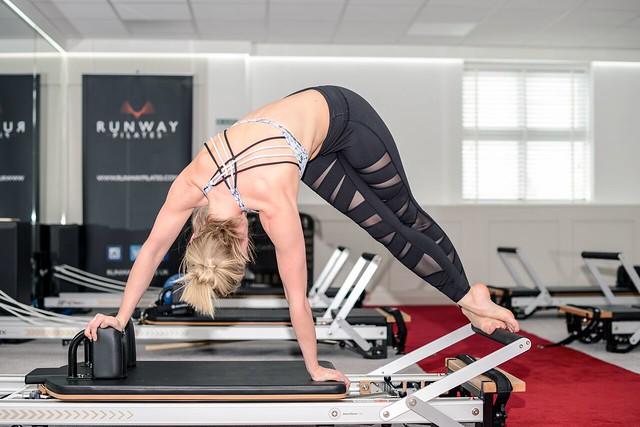Welcome to our deep dive into the fascinating evolution of Pilates, a fitness regime that has transcended centuries and continues to shape our approach to health and well-being. Our journey begins with Joseph Hubertus Pilates, a visionary whose life experiences and ingenuity birthed a movement that has endured and flourished.
The Early Life of Joseph Pilates and the Birth of Contrology:
Joseph Pilates’ story is one of resilience and innovation. Born in 1883 in Mönchengladbach, Germany, Pilates faced numerous health challenges in his early years. However, these obstacles sparked his lifelong passion for physical culture. During World War I, Pilates, confined as an enemy alien on the Isle of Man, began developing his groundbreaking fitness concepts. It was here that the seeds of Contrology – the original name for Pilates – were sown, as he worked to rehabilitate fellow internees.
Formative Influences and Ideological Foundations:
Pilates’ methodology was not created in isolation. It was a confluence of his father’s influence in fitness and sport, the vibrant intellectual climate of post-war Germany, and holistic European therapies like hydrotherapy and trigger point therapy. Additionally, modern dance and meditation played key roles in shaping his approach. Pilates’ time in Germany post-WWI was critical in refining his ideas, leading to the creation of his first apparatus, the prototype of what would become the Universal Reformer.
The American Chapter and the Rise of Contrology:
In 1926, Pilates’ journey took a pivotal turn as he immigrated to the United States. Settling in New York City, he opened his first studio, attracting a diverse clientele, including dancers and athletes. His ability to rehabilitate injuries earned him the nickname “Uncle Joe” in the dance community. The term “Contrology” was coined to describe his comprehensive approach to corrective exercise.
Innovation and Legacy:
Pilates was a prolific inventor. His creations, such as the Universal Reformer, Trapeze Table, Wunda Chair, and Magic Circle, were not just equipment but tools of transformation. These inventions, designed for both rehabilitation and conditioning, showcased Pilates’ deep understanding of the human body.
Pilates in the Modern Era:
Despite initial skepticism from the medical community, Pilates’ methods gained traction in various institutions across Manhattan. By the mid-1960s, it had become an integral part of modern dance training and rehabilitation. Today, Pilates is a global phenomenon, embraced by fitness enthusiasts, athletes, and individuals seeking a holistic approach to health.
Conclusion:
The legacy of Joseph Pilates is a testament to the power of vision and perseverance. What started as a personal quest for health and fitness evolved into a global movement, transcending time and trends. Pilates, more than just a series of exercises, is a philosophy of mind and body harmony, a legacy that continues to inspire and transform lives.

